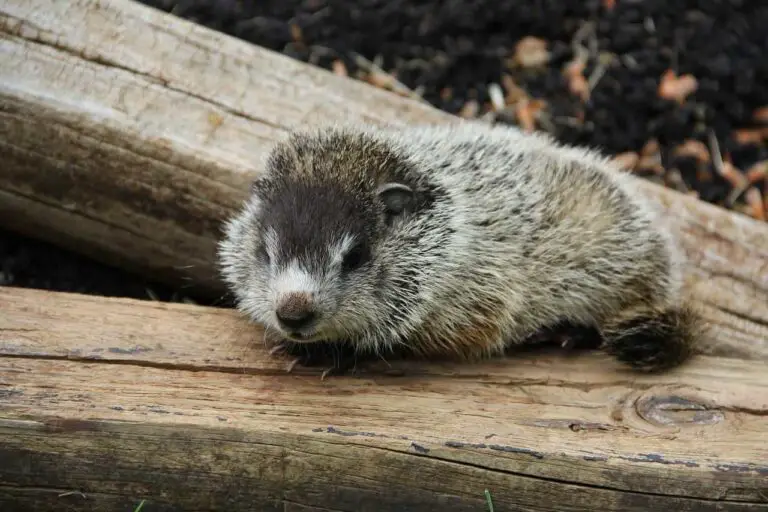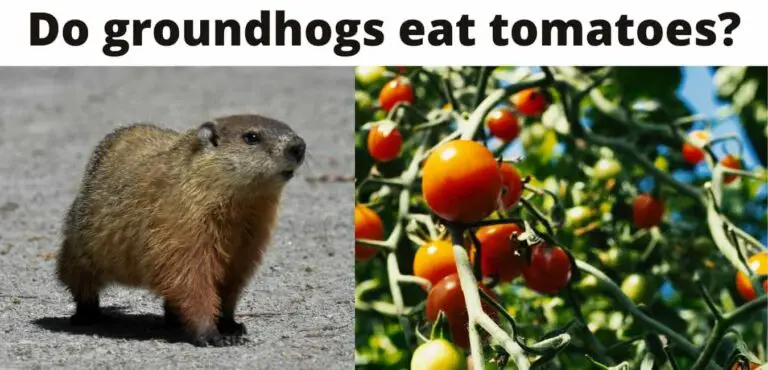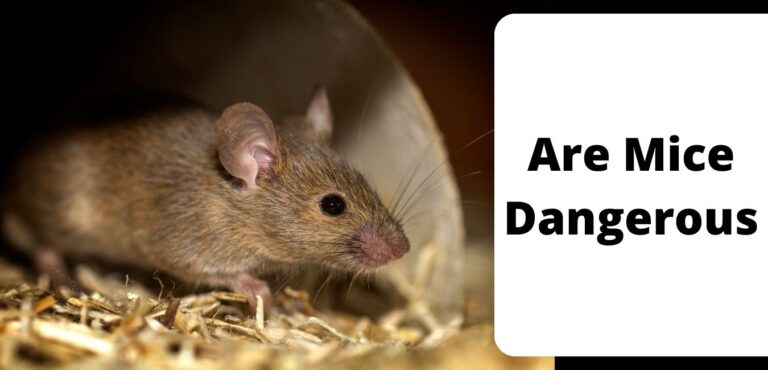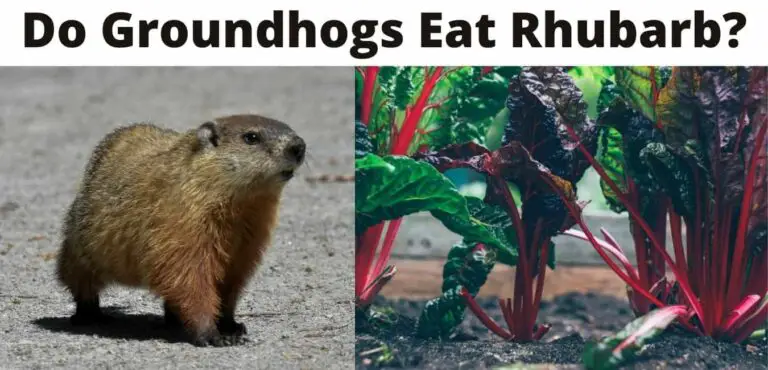Do Groundhogs Eat Milkweed?
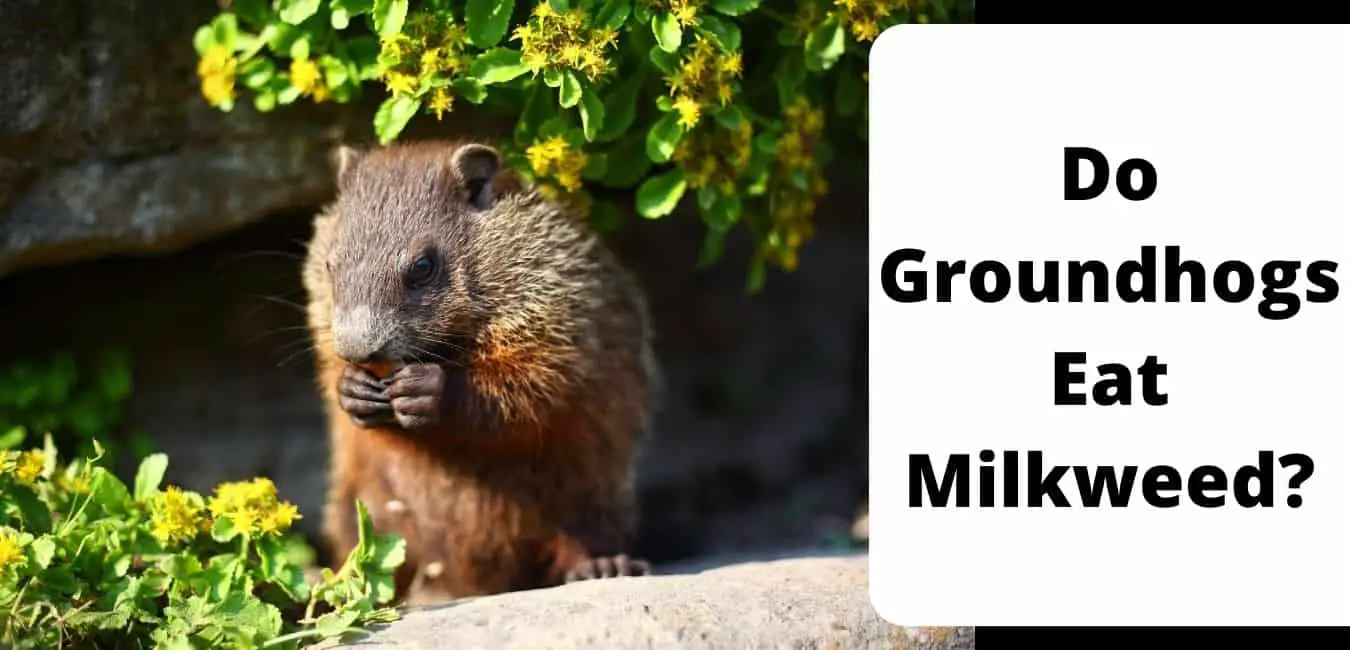
Nowadays there are trending questions about groundhogs.
For the gardener who manages their garden for a beautiful environment. You must read about the animal called the groundhog and its behavior. Because The groundhogs have voracious appetites and like to nibble on flower beds and gardens. Here are some signs that marmots have attacked your yard or garden: Broad tooth marks on plants, fruits, and bark. Bury the entrances next to the piles of dirt. Also Deep holes in the lawn.
Now I am thinking if the mysterious eater of you whorled milkweed and cup plant, and pokeweed was not a deer as I had suspected, but one of our local woodchucks!
The groundhogs also ate all the leaves of every milkweed plant in the yard, as well as the black-eyed leaves of Susan.
How much do they eat?
You would not believe that any mammal can fill their stomach milkweed. But he prefers it because these same plants keep getting eaten. Also, I watched him do the same to the bee-balm, but instead of eating the tops, he ate the leaves from the bottom of each stalk. And here I thought they just shed their lower leaves naturally!
Who eats milkweed? Or Which Animals Eat Snakes?
Most of the animals love to eat milkweed because of their taste, generally, deer and rabbits have been reported to eat feeding leaves, and many other insects feed on milkweeds, such as the milkweed bug, the tussock moth, the queen butterfly larva, and many more. In addition to the Maharaja butterflies, nectar and pollen made from milkweed are very important food sources for many pollutants.
Feed of Groundhog
Groundhogs are omnivorous animals, but they eat mainly plants, vegetables, fruits, and other vegetables such as grasses, clover, alfalfa, dandelion, weeds, lettuce, peas, broccoli, beans, carrots, soybeans, corn, apples, red and black raspberries, and cherries. They occasionally feed on small insects and animals. Also, they love zucchini if you don’t about that you can go here to link
What is attracted to milkweed?
There are milkweed species that are also popular with butterflies, bees, and other nectar-feeding insects because of their reliable, sweet, high-energy diet.
Milkweed garden
If you are going to grow the milkweed in your garden you should remain that few things like Once planted outside, milk can grow quickly and aggressively – good for butterflies, or bad gardeners. Plant it in a storage area to prevent growth and cut any old seed cut and also dried in the garden before planting it.
What does milkweed taste like?
You must know that Common milkweed is a delicious edible plant and one of your favorite spring greens. Milkweed is edible and has an evil taste. It tastes strikingly like asparagus, just right.
What is milkweed good for?
The name of the genus, Asclepias, commemorates Asklepios, the Greek god of medicine. Some milkweed species have medicinal applications, including common milk and the butterfly weed, A. tuberosa also known as pleurisy, pleurisy, and other lung diseases.
Our sources conclude that milkweed is toxic to pets, especially dogs, cats, and horses.
Is milkweed poisonous?
The answer to this question might be confusing for you. generally, milkweed is poisonous, it should not be planted. Milkweed contains toxins that can be harmful to pets, livestock, and humans. This juice contains toxins called cardiac glycosides or cardenolides that are toxic to animals when consumed in large quantities. But groundhogs can deal with this type of flower.
Also, there are many parts of the plant that contain toxic heart glycosides, a small amount of which can cause dizziness, shortness of breath, fatigue, and confusion, as well as accidents, heart changes, respiratory paralysis, and even death in abundance. Milk can also damage the skin and eyes when touched.
There are many other creatures besides kings that eat the leaves of this amazing plant. Deer and rabbits have been reported to eat feeding leaves, and many other insects feed on milkweeds, such as the milkweed bug, the tussock moth, the queen butterfly larva, and many more.

